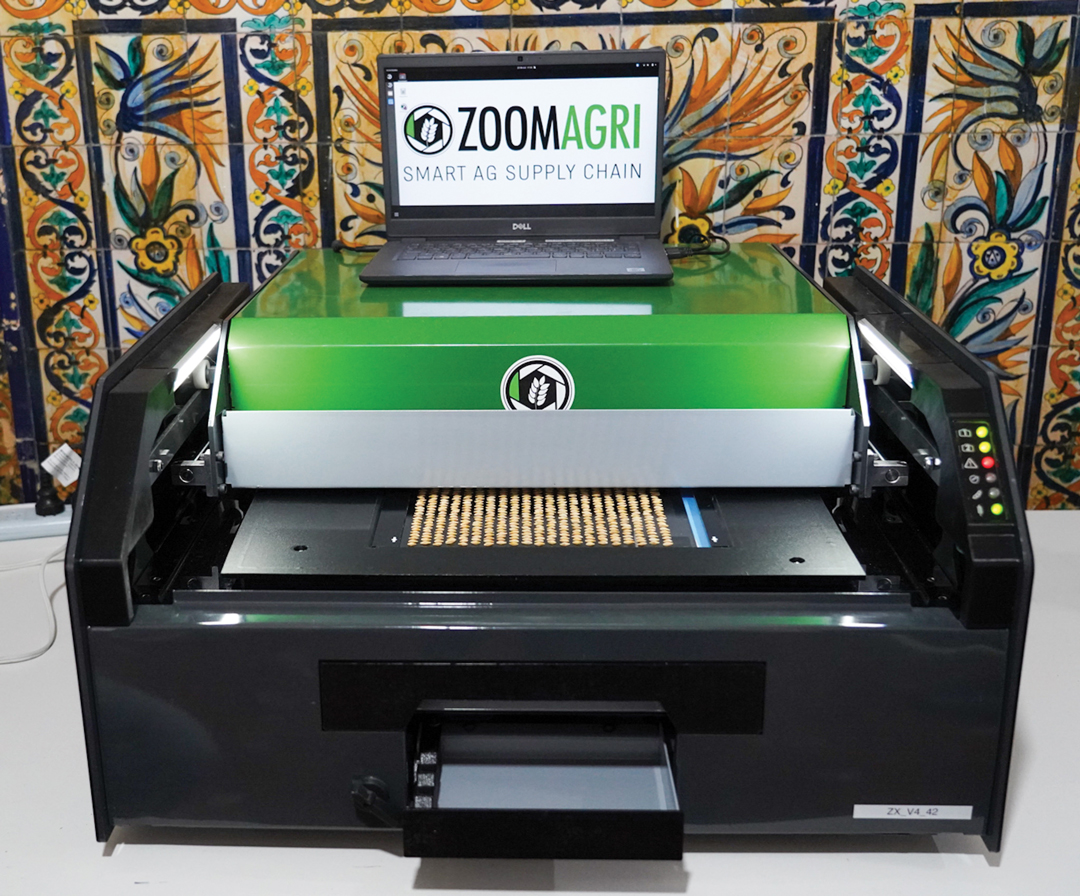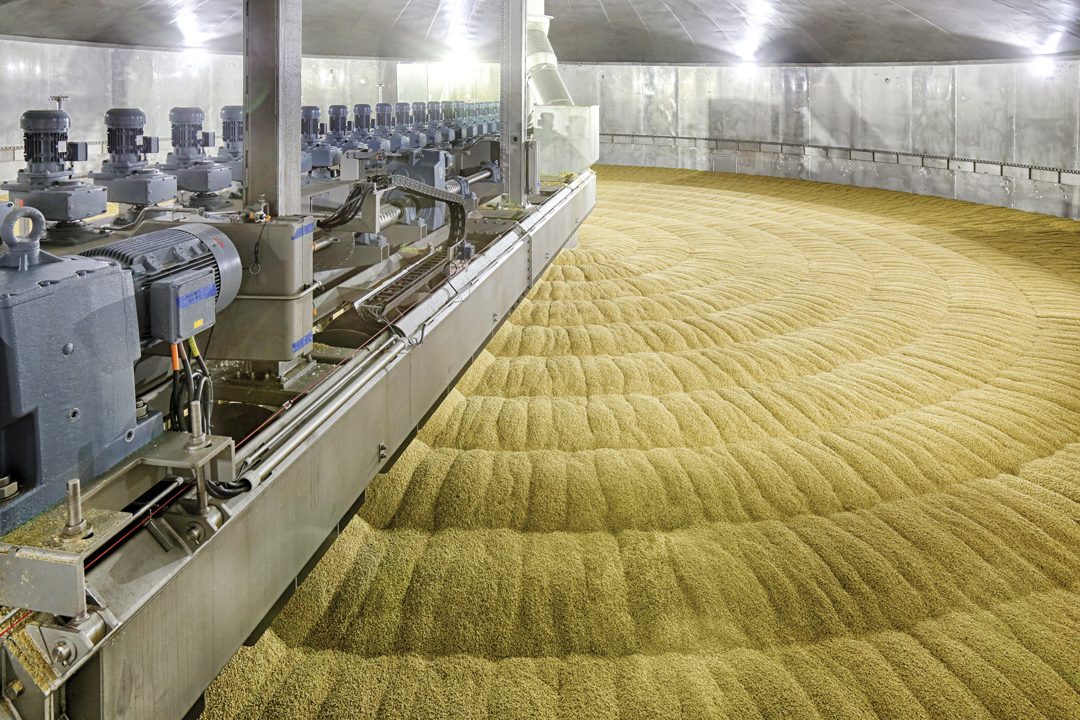AI REVOLUTION IMPROVES ANALYSIS
BY PETER WATTS • PHOTO COURTESY OF ZOOMAGRI
Processing barley into malt for brewing is a persnickety business. Each lot of barley can vary in quality, which requires maltsters to adjust their processing approach. Factors such as protein level, germination and water absorption often require the process to be tailored by batch and sometimes adjusted in real time to produce a quality finished malt product that meets the brewer’s needs.
Given the challenges associated with malt processing, and to minimize variability, individual maltsters use a single malting barley variety. As a result, buyers include minimum purity specifications in their contracts with farmers, with the industry standard set at a minimum 95 per cent varietal purity.
Traditionally, varietal purity has been verified using DNA technology. While accurate, DNA testing is relatively expensive and requires turnaround time of several days to produce results. In recent years, however, new imaging technologies, often powered by AI, have emerged as a faster more cost-effective alternative.
In 2023, the Canadian Malting Barley Technical Centre (CMBTC) and international ag tech company ZoomAgri partnered to develop an algorithm that can identify and assess the purity of Canadian barley variety samples. By helping ensure consistency and confidence in varietal identity, the technology supports the quality standards expected in both domestic and export markets. Once developed, the algorithm will be able to test samples in a matter of minutes with 96 to 98 per cent accuracy and at a fraction of the cost of DNA analysis.
To build the algorithm, dozens of pure samples from each malting barley variety were collected, scanned and digitized. Samples were pulled from the Western Canadian Field Trials. The machine produces high resolution scans, then AI analyzes and compares against its internal database to develop a model capable of accurately identifying each variety.
To support the development of AI-based variety recognition, the CMBTC installed and calibrated two new ZoomAgri units in May 2025. These ZoomVarieties machines resemble standard office scanners or photocopiers but are equipped with specialized slots that hold individual seeds within the scanner bed. A sample—roughly a cup, or several hundred seeds—is poured into the holder and evenly spread out. The equipment scans free-flowing grain without the need for sample preparation. This makes the process faster and more efficient than DNA analysis.
The algorithm being developed corresponds to 11 key Canadian feed and malting barley varieties: CDC Copeland, AAC Connect, AAC Synergy, AC Metcalfe, CDC Austenson, CDC Churchill, CDC Fraser, Claymore, Esma, Oreana and Sirish. The system can detect and distinguish multiple varieties within a single sample, a critical feature for quality control and to meet contract specifications.
This technology provides a quick and reliable screening tool for malting and grain companies to verify varietal purity. It’s particularly valuable for international transactions where contracts require minimum 95 per cent purity, and penalties may apply if specifications aren’t met.
AI increasingly shapes Canada’s agriculture sector. In the grain industry, it’s helping to reduce costs, improve efficiency and strengthen quality assurance. This supports Canada’s competitive position in global barley and malt markets. As the technology evolves, it will very likely play a larger role in streamlining supply chains and meeting the industry’s rising expectations for traceability and quality.
Peter Watts is the CMBTC managing director.







Comments